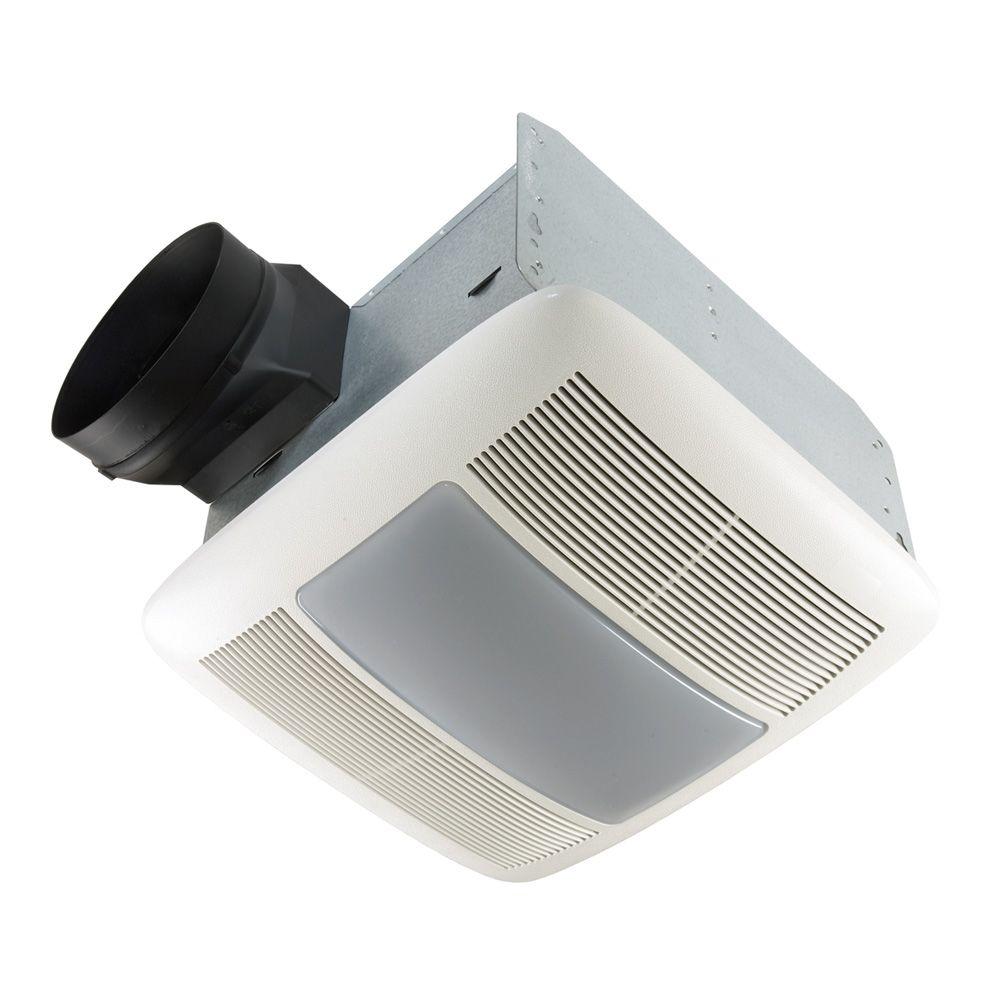
Since all electrical connections are very much outside of the bathroom, there’s no need to worry about bathroom zoning. For a fully comprehensive bathroom extraction system, a ceiling-mounted extraction system would permit two extraction points, one above the shower and one above the toilet.įurthermore, an inline fan above the ceiling means that no electrical wiring work needs to be done in an existing room. If your duct run is to be more than 4 metres, and you have the space to fit one, an inline fan will give you almost three times the power of an axial fan, around 245m3/h and will extract through a duct run in excess of twelve metres. For installation above the shower, however, a 12v version will be required. A centrifugal fan will generate similar extraction rates to an axial fan but will generate sufficient pressure to extract down a long run of duct.Ĭeiling or surface mountable, a centrifugal fan will easily cope with a duct run in excess of ten metres. If a longer duct run is unavoidable, there’s another solution. The system will be a disappointment, to say the least. A surface mounted axial fan will not be able to adequately extract outside with any real power if the duct run is longer than 3-4 metres. Extracting moisture and steam into a loft space will cause mould build-up and eventually structural problems. When installing an extractor fan, you must extract the stale air and moisture to an external vent in a wall, roof tile, or roof soffit.

However, if fitting an axial fan in the ceiling, there needs to be consideration about how long the run of ducting is to the outside world. A good IP45 rated one is perfect for an average domestic bathroom or en-suite. These fans usually extract around 95 m3/h (metres cubed per hour) and are perfect for installations directly through a wall. The kind you see on countless bathroom walls with a grille and a spinning fan blade behind. In order to be installed in Zone 1 of your bathroom, this fan would need to have an IP rating of IP45, or IPX5.Īn Axial fan is what most people picture when they think of a bathroom extractor fan. Installing a fan that has been designed and tested specifically to resist water and has been given an IP Rating.Installing a fan that runs on 12v power, converted from 240v mains via a transformer.
Bathroom extractor fan install#
To do this, you’ll need to install a fan that’s protected against water ingress. Zone 1 is the bath or shower floor area and up to 2.25m high, Zone 2 is 60cm outside of that, and then beyond that is Zone 3 or “no Zone.” The best place to install your fan is above the bath or shower, so in Zone 1. In the UK, your domestic bathroom is divided into three Zones, depending on how close to the source of water they are. This way, as the steam rises, it heads straight towards the fan and can be extracted straight out. Basically, in the wall or ceiling above the bath or shower. One thing to keep in mind is that not all Bathroom Extractor Fans are created equal.Īt face value, the answer to this question is not too far from common sense as close as possible above the source of the steam. Thus, you must choose the position, and the type of fan wisely.

Bathroom extractor fan free#
The right extractor fan for your bathroom can easily be overlooked, yet it’s essential for keeping your new bathroom dry and free from the effects of mould on your health. However, there’s a lot to consider when choosing a place to install an extractor fan in your bathroom. It may sound like a simple question with a simple answer. Where Is The Best Place To Install A Bathroom Extractor Fan Tips, Property Ventilation Guide, Home Extract Best Place To Install A Bathroom Extractor Fan Advice


 0 kommentar(er)
0 kommentar(er)
